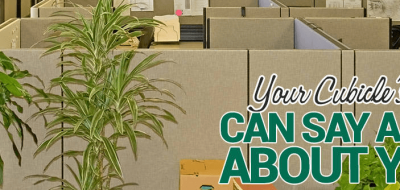Proper packing is the key to keeping your belongings in one piece when you move. You can have all the moving equipment available, from dollies to moving ramps, but if the contents inside the boxes aren’t secure, you risk damaging them. So, before you start throwing your belongings into boxes, consider these following packing techniques.
Make use of the different sizes of boxes
As a rule of thumb, you should be able to lift all of your moving boxes on your own. So, while the massive boxes sitting outside of your local department store are tempting, they’ll be difficult to move and should be avoided.
Moving boxes are specifically designed to keep your belongings safe throughout the move. Some are small and constructed to carry little but heavy items, such as dishes, whereas other boxes are large but structured to withstand a large amount of lighter items. Each box size has a purpose, one that can make a drastic difference in the success of your moving day. So, explore the options and if your box is over 50 lbs. consider separating the contents into two smaller boxes.
Pack in the heavy and then the light
Once you have your boxes carefully selected, it’s time to organize your belongings and start packing up your house. The one rule of packing is to start with the heaviest items and finish with the lighter ones. This concept can be applied to both packing and loading the moving truck, and it’ll help balance your boxes, truckload and moving experience.
Pack items per room
It can be tempting to pack your belongings based on the type of item. All toys go in one box, all movies in another, boxes, electronics, etc. However, doing so can make the packing and unpacking process significantly harder.
Instead, focus on packing your belongings per room. For example, all books from the master bedroom in one box, and all books from the living room in another box, etc. Doing so allows you to place the boxes in the appropriate rooms once you’re at your new house, and you can unpack accordingly, as opposed to having to lug the same box to various areas within your home.
Fill in the voids
If there are any empty spaces in the boxes, you must fill them in with packing materials. This will help your items withstand the jolts, bumps, and other types of moving day movement. It’ll also ensure the safety and efficiency of those helping you move.
Explore the various types of packing materials available to you, and understand the benefit of each to ensure all of your belongings arrive at your destination in one piece.
Consider special crates for valuable pieces
While the majority of your items can be packed in boxes, you may have some things that require special attention, such as expensive art or valuable antiques. It’s highly recommended to take advantage of special crates for your treasured items to ensure they can withstand the move. Some paintings shouldn’t be wrapped in paper, some valuables shouldn’t come in contact with moisture, and others may be susceptible to other means of damage when moved in boxes. So, if something is irreplaceable, take the extra steps (and crates) to pack it properly.
Packing may seem simple at first but it is the most time-consuming part of moving. You must pack all of your belongings strategically, carefully, and with the proper materials to ensure they arrive at your new house in the same condition as when they left your old house.






